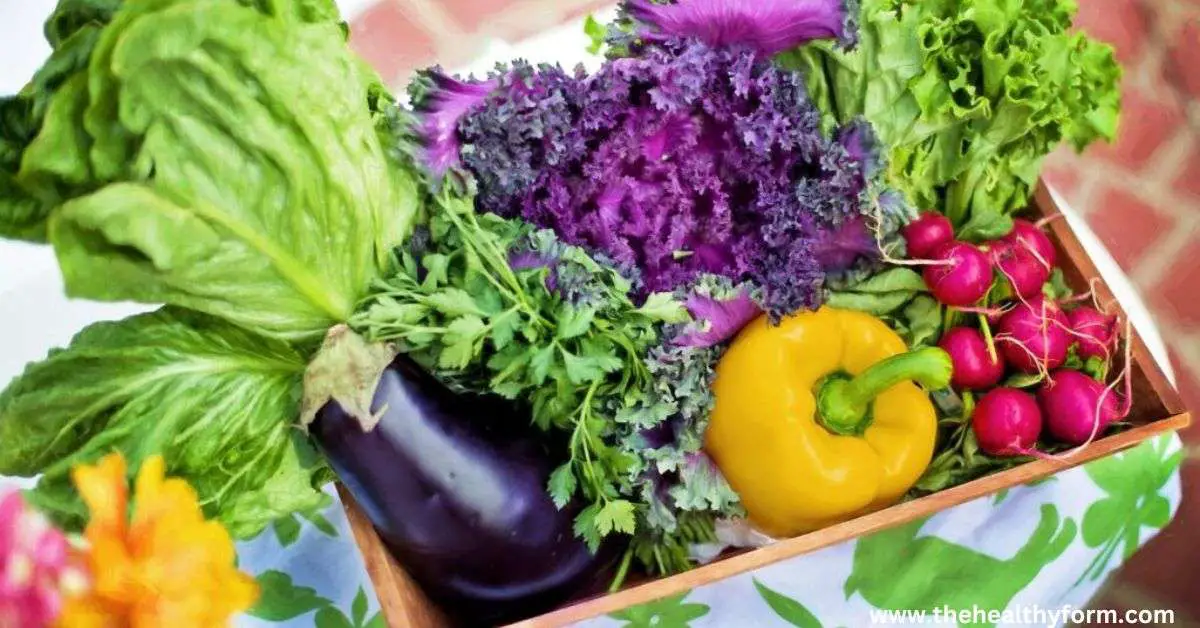Food Safety Tips You Need to Know for a Healthy Diet
Food safety is the practice of ensuring that food is prepared and stored in a way that prevents the risk of foodborne illness. Foodborne illness is an illness that is caused by consuming contaminated food or water. Foodborne illness can cause various symptoms, including stomach cramps, vomiting, diarrhea, fever, and fatigue. In severe cases, foodborne illness can lead to serious complications and death. Ensuring food safety is important for the health and well-being of individuals and communities. This includes following safe food handling, storage, and preparation guidelines to reduce the risk of contamination and illness.

What Are the Principles of Food Safety?
There are a few key principles of food safety that can help to prevent the risk of foodborne illness:
- Clean: Wash your hands, utensils, and surfaces often to prevent the spread of bacteria and other contaminants.
- Separate: Keep raw foods separate from cooked foods to prevent cross-contamination.
- Cook: To kill harmful bacteria or pathogens, cook food to the appropriate temperature.
- Chill: Refrigerate or freeze perishable foods promptly to prevent the growth of bacteria and other contaminants.
What Are the Common Foodborne Illnesses?
Foodborne illnesses can be caused by consuming contaminated food or water. Some common foodborne illnesses include:
- Salmonella: Salmonella is a type of bacteria that can cause symptoms such as stomach cramps, diarrhea, fever, and vomiting.
- E. coli: E. coli is a type of bacteria that can cause symptoms such as stomach cramps, diarrhea, and vomiting.
- Listeria: Listeria is a type of bacteria that can cause symptoms such as fever, muscle aches, and diarrhea.
- Norovirus: Norovirus is a type of virus that can cause symptoms such as stomach cramps, diarrhea, and vomiting.
What Are the Symptoms of Food Poisoning?
The symptoms of food poisoning can vary depending on the specific type of foodborne illness you have contracted. Some common symptoms of food poisoning include:
- Stomach cramps
- Nausea
- Vomiting
- Diarrhea
- Fever
- Fatigue
Symptoms of food poisoning may occur within a few hours of consuming contaminated food or water, or they may not appear until several days later. In severe cases, food poisoning can lead to serious complications, such as dehydration, organ damage, and even death.

How Can I Prevent Food Poisoning?
There are a few key steps that you can take to prevent the risk of food poisoning:
Wash your hands: Wash your hands thoroughly with soap and water before handling food and after using the bathroom, handling raw meats, or touching surfaces that may be contaminated.
- Wash utensils and surfaces: Wash utensils and surfaces thoroughly with soap and hot water before and after preparing food to prevent the spread of bacteria and other contaminants.
- Separate raw and cooked foods: Keep raw foods separate from cooked foods to prevent cross-contamination. Use separate cutting boards, utensils, and dishes for raw and cooked foods.
- Cook food to the appropriate temperature: Cook food to the appropriate temperature to kill any harmful bacteria or pathogens. Use a food thermometer to ensure food is cooked to the appropriate temperature.
- Chill perishable foods: Refrigerate or freeze perishable foods promptly to prevent the growth of bacteria and other contaminants. Do not leave perishable foods at room temperature for more than 2 hours.
How Do I Store Food Safely?
There are a few key steps that you can take to store food safely:
- Refrigerate or freeze perishable foods: Refrigerate or freeze perishable foods promptly to prevent the growth of bacteria and other contaminants.
- Store foods at the appropriate temperature: Store foods at the appropriate temperature to prevent the growth of bacteria and other contaminants. Foods should be stored below 40°F in the refrigerator and below 0°F in the freezer.
- Use proper storage containers: Use proper storage containers to prevent contamination and spoilage. Glass, plastic, or metal containers with tight-fitting lids are recommended for storing food.
How Do I Prepare Food Safely?
There are a few key steps that you can take to prepare food safely:
- Wash your hands: Wash your hands thoroughly with soap and water before handling food and after using the bathroom, handling raw meats, or touching surfaces that may be contaminated.
- Wash utensils and surfaces: Wash utensils and surfaces thoroughly with soap and hot water before and after preparing food to prevent the spread of bacteria and other contaminants.
- Separate raw and cooked foods: Keep raw foods separate from cooked foods to prevent cross-contamination. Use separate cutting boards, utensils, and dishes for raw and cooked foods.
- Cook food to the appropriate temperature: Cook food to the appropriate temperature to kill any harmful bacteria or pathogens. Use a food thermometer to ensure food is cooked to the appropriate temperature.
- Chill perishable foods: Refrigerate or freeze perishable foods promptly to prevent the growth of bacteria and other contaminants. Do not leave perishable foods at room temperature for more than 2 hours.
How Do I Handle Leftovers Safely?
There are a few key steps that you can take to handle leftovers safely:
- Refrigerate or freeze leftovers promptly: Refrigerate or freeze leftovers promptly to prevent the growth of bacteria and other contaminants.
- Store leftovers in proper containers: Store leftovers in proper containers, such as glass, plastic, or metal containers with tight-fitting lids, to prevent contamination and spoilage.
- Reheat leftovers to the appropriate temperature: Reheat leftovers to the appropriate temperature to kill any harmful bacteria or pathogens. Use a food thermometer to ensure leftovers are reheated to at least 165°F.
FAQ about Food Safety
Some of the most common questions people have about food safety are:
What are some common food safety hazards?
Common food safety hazards include bacteria (such as Salmonella and E. coli), viruses, parasites, chemicals, and physical hazards (such as glass or metal fragments).
How can I prevent foodborne illness?
You can prevent foodborne illness by regularly washing your hands and food preparation surfaces, cooking food to the proper temperature, storing food at the correct temperature, and avoiding cross-contamination.
What is cross-contamination?
Cross-contamination occurs when bacteria from one food item (such as raw meat) comes into contact with another food item (such as cooked vegetables) and contaminates it.
How can I prevent cross-contamination?
To prevent cross-contamination, use separate cutting boards and utensils for raw meat and other foods, wash your hands and surfaces thoroughly after handling raw meat, and store raw meat separately from other foods in the refrigerator.
What is the danger zone for food?
The danger zone for food is the temperature range between 40°F and 140°F (4°C and 60°C), where bacteria can multiply quickly and cause foodborne illness.
How can I properly store food?
You should store food in the refrigerator or freezer at the correct temperature and use food within the recommended time frame to prevent spoilage and the growth of harmful bacteria.
Conclusion
Food safety is the practice of ensuring that food is prepared and stored in a way that prevents the risk of foodborne illness. You can take steps to ensure food safety, including washing your hands and utensils, separating raw and cooked foods, cooking food to the appropriate temperature, and promptly chilling perishable foods. Ensuring food safety is important for the health and well-being of individuals and communities.





